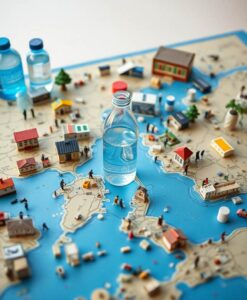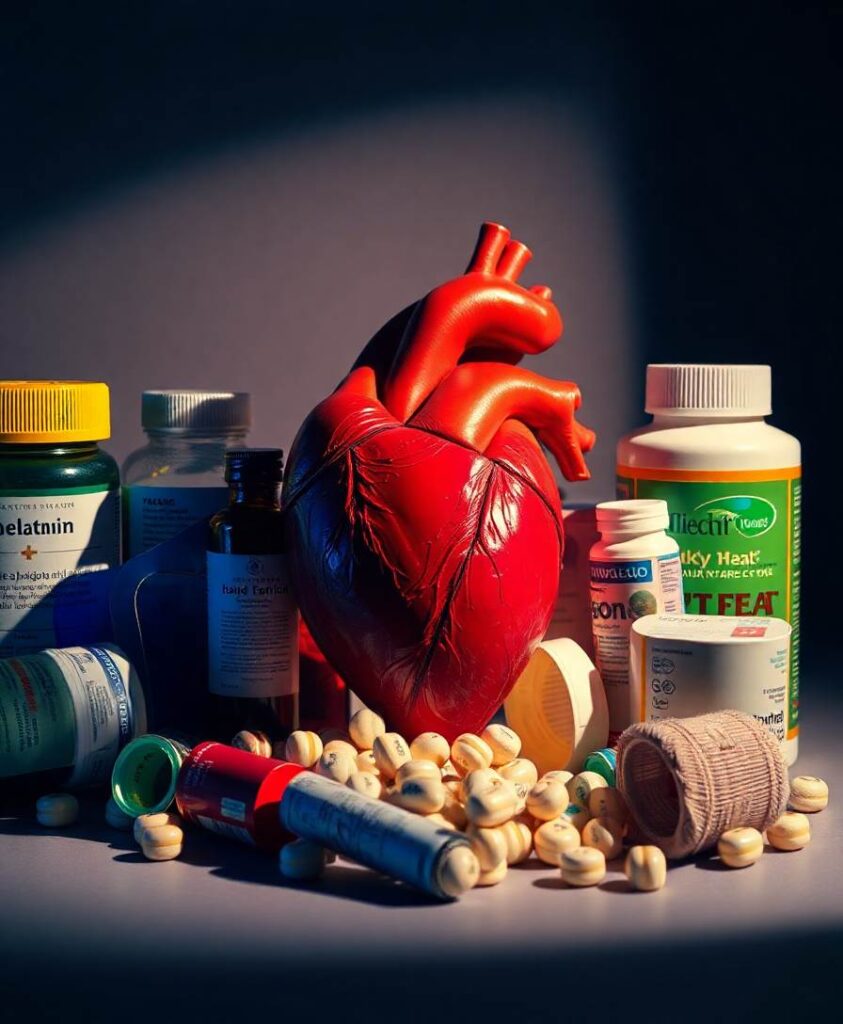Water has always been essential to human survival, but our modern relationship with this fundamental resource has grown increasingly complicated. The proliferation of single-use plastic containers has created an unintended consequence: a cascade of microscopic plastic fragments that migrate through our environment and potentially into our bodies. Each plastic bottle represents not just a container, but a potential vector for molecular contamination that challenges our traditional understanding of water’s purity.

This emerging research invites us to reconsider our assumptions about environmental health and human resilience. By tracking how these minute plastic particles interact with biological systems, scientists are mapping previously unknown pathways of potential physiological impact. What does it mean when invisible fragments can potentially cross cellular boundaries? How might these discoveries reshape our approaches to personal and planetary wellness? The journey of understanding microplastics represents a critical frontier in comprehending the intricate connections between human biology and environmental transformation.
A chance encounter with plastic waste on a tropical beach sparked a deep investigation into what those fragments mean for human health. The research reveals that bottled water isn’t as pure as it seems—each sip may contain invisible microplastics that can slip through the body’s defenses and lodge in vital organs. These tiny pollutants are linked to inflammation, hormonal disruption, and even neurological damage, yet remain dangerously understudied.



